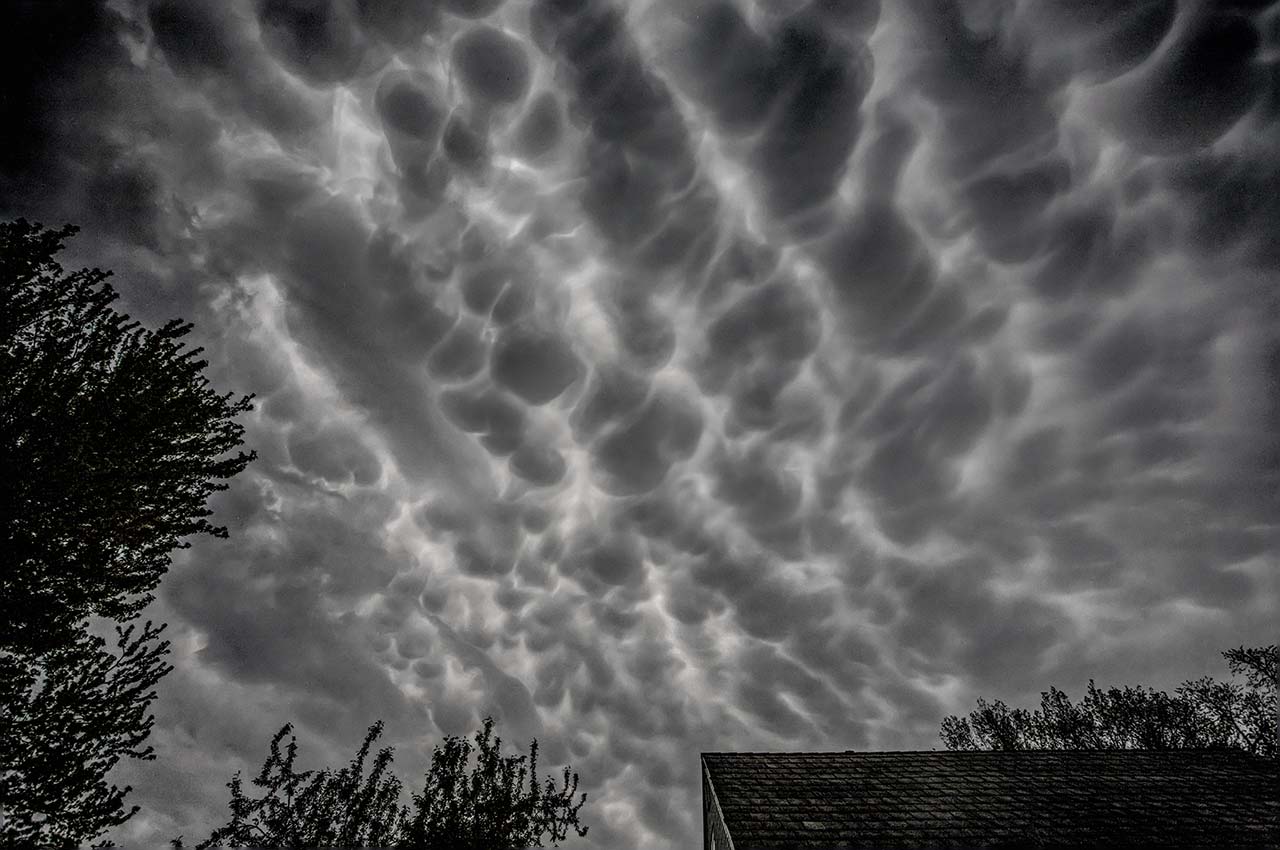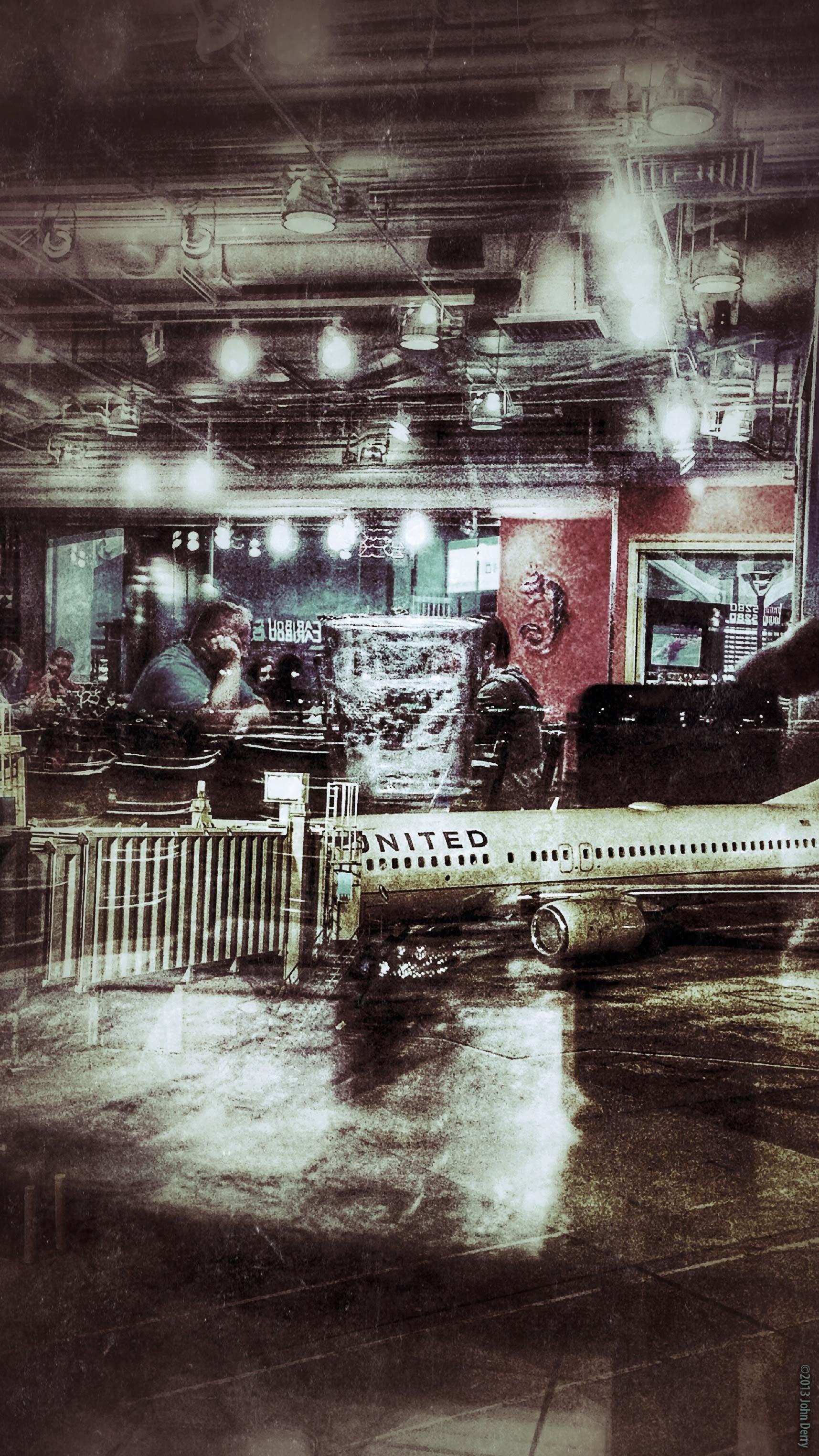A Glimpse into the FUTURE of Digital Painting
/One of the hallmarks of traditional painting is its physical presence. As viewers, we tend to pay the bulk of our attention to a painting’s pictorial content. On a more subconscious level, we are aware of the painting’s matière —the three-dimensional texture and impasto buildup of painted brush strokes. When a painting is photographed, this physical presence is at best implied by the manner in which the painting is lit. For example, the use of directional side-lighting emphasizes the painting’s surface via highlights and shadows.
Digital painting in virtual 3D (also referred to as two-and-a-half dimensions, or 2.5D) has been around for awhile. This visual effect is achieved by borrowing some tricks from the 3D rendering side of the tracks. The use of a height field —an extra grayscale channel in an image that uses gray values to represent a brush stroke’s height— is illuminated with a user-adjustable virtual lighting model, creating a 3D visual illusion. Brush color is simultaneously applied in concert with the height field. The result is a painted image that appears to have the three-dimensionality associated with a traditional painting.
Recently, an intersection of technologies has emerged that enables stunningly accurate 3D reproductions of traditionally painted artworks. Verus Art of Norcross, GA utilizes advanced laser imaging and Océ Arizona UV flatbed printer elevated printing technology to create high quality reproductions of famous paintings. Elevated printing utilizes a series of layered representations of a 3-dimensional scan —in this case, an oil painting— and builds up height via multiple layers of ink.
Verus’ initial project is a collaboration with the National Gallery of Canada. The collection includes several works from textural masters Van Gogh and Monet, as well as other European luminaries such as Degas, Gauguin, and Cézanne. Verus was allowed to scan several paintings the NGC collection. The resulting reproductions are done as limited editions and are priced in the $2,500-5,000 range (example below of Verus' 3D printing).
Allow me to add up what I’ve discussed thus far: the 2.5D digital paintings we today create onscreen will soon be capable of being 3D printed to reveal the thick impasto buildup depicted on the display. The key missing component currently preventing this is the ability to output a 2.5D digital painting in a format that a specialized 3D printer understands. Once a compatible file format is in place and a 3D printing service offers prints from user files, impasto style 2.5D digital paintings will be capable of being recast in the real 3D world.
I'm not suggesting that traditional oil painting is now irrelevant. But consider this: we tend to be comfortable with what we know. Change can be disruptive. Take a look at the invention of the automobile. The public initially dubbed autos a horseless carriage for the sake of familiarity. Another example is Greek temple architecture, whose original construction material was wood. As stone replaced wood building materials, the shapes of elements —columns and entablature, for example— remained the same.
In these and innumerable other cases, new materials have resulted in new forms. While it may be initially entertaining to recast an oil painting into a new medium, in the long term these mimicked forms will evolve beyond the limits of the older medium it imitates.
Advances in nanoscale science and engineering are already producing new classes of coloring materials that will eventually make their way into commercially available art materials, including paint and inkjet inks. These new colorants utilize structural coloration rather than dyes or pigments. The perceived color doesn’t arise from pigmentation, but from the light scattering off nanoscale structures embedded in its wings.
Structural color is the production of color by microscopically structured surfaces fine enough to interfere with visible light. For example, the brilliant iridescent colors of the peacock's tail feathers are created by structural coloration. Because the produced color is light, it is both brighter and more saturated than pigmented color.
These glimpses into evolving new media offer us a peek at the kinds of expressive tools our children and their children will have at their creative disposal. Were we to travel, say, 50 years into the future —I've no doubt that we may not initially recognize what expressive painted art has evolved into.
Ominous Clouds before the Storm
/
Sunday, May 11th (Mother's Day), the Kansas/Nebraska/Iowa section of the Great Plains experienced a strong outbreak of tornado-producing thunderstorms. We didn't get any tornadoes here in Omaha, but we did get an impressive display of mammatocumulus clouds.
These cloud formations are often associated with the leading edge of supercell thunderstorms and are a good indicator of an impending storm. I've seen these prior to tornadoes, as well. Fortunately, the Omaha weather event did not spin up any twisters in the immediate area. However, the area did receive quite a bit of wind damage. We lost a big tree limb but otherwise escaped unscathed.
New Painting App Sketchable: All in the Family
/
There is a new Win-based painting app on the block, Sketchable by Silicon Benders, now available at the Windows Store. Description from the download page:
Sketchable provides the best creative digital journaling experience on the market. Whether you import an image, snap a photo, or start from a blank canvas, Sketchable puts the creative options in your hands. No matter the context, Sketchable is the perfect app to breathe life into your ideas. The elegant interface is designed to get the most out of each device and fast fluid brushes allow for an uninterrupted workflow.
Sketchable is tablet-friendy and pairs nicely with the Wacom-enabled Surface Pro. The app is a free download with and comes with brush and eraser tools. In-app purchases offer 7 additional painting tools. I'm happy to say that I had a bit of involvement with this new app; I created its textures and brush presets.
Silicon Benders is the brother team of Miles & Ryan Harris. Painting apps appear to run in the brothers' genes: their dad is Jerry Harris, co-author (with Keith McGregor) of early Mac paint app PixelPaint Pro, the first full-color paint application for the Macintosh. Jerry is now a Principal Computer Scientist on the Adobe Photoshop team.
Sketchable is designed to be easy to pick up and start using with a minimal learning curve. It is a particularly pressure-sensitive savvy app offering a wide range of expressibility in concert with its tools. Sketchable has a simple interface with plenty of room for expansion. I have a feeling we'll be seeing this app grow over time. Highly Recommended!
Waterlogue App Advances Digital Watercolor Ease-of-Creation
/
My friend, John Balestrieri, has released Waterlogue for iOS. Waterlogue is compatible with both the iPhone and iPad running iOS 7. From the press release:
We wanted to come up with an easy and fast way for people to create images based on the kinds of aesthetic decisions an artist makes when he or she is painting.
The technology we developed for Waterlogue transforms your photos into spontaneous, unique, and brilliant watercolor sketches that look like real paintings. Waterlogue distills your environment down to its essence—just the way an artist would—and turns even an on-the-fly snapshot into something luminous and sublime.
We designed Waterlogue to create the most authentic and aesthetically true watercolor interpretations available, and we hope that as soon as you start using the app, you’ll start seeing the world differently.
I've been playing with Waterlogue for a few days, and I have to say: This app advances the ability to easily create convincing watercolor art from photographs. John and Robert spent a year examining traditional watercolor and have created a deceptively simple app that faithfully replicates all of the hallmarks of its traditional counterpart.
At $3.99 from the App Store on iTunes, this software is a steal. John and Robert have indicated that Waterlogue will continue to evolve with additional features to be added over time. Highly Recommended!
Between Flights
/
This is an iPhone image that I shot and played with in between flights at Denver International Airport. I shot the jet at the gate through a window reflecting the interior of the restaurant. I don't remember which apps I used to get to this version, but I like the way the dual reflective subjects integrate together.
For regular air travelers, this is the Cantina in the United terminal.











